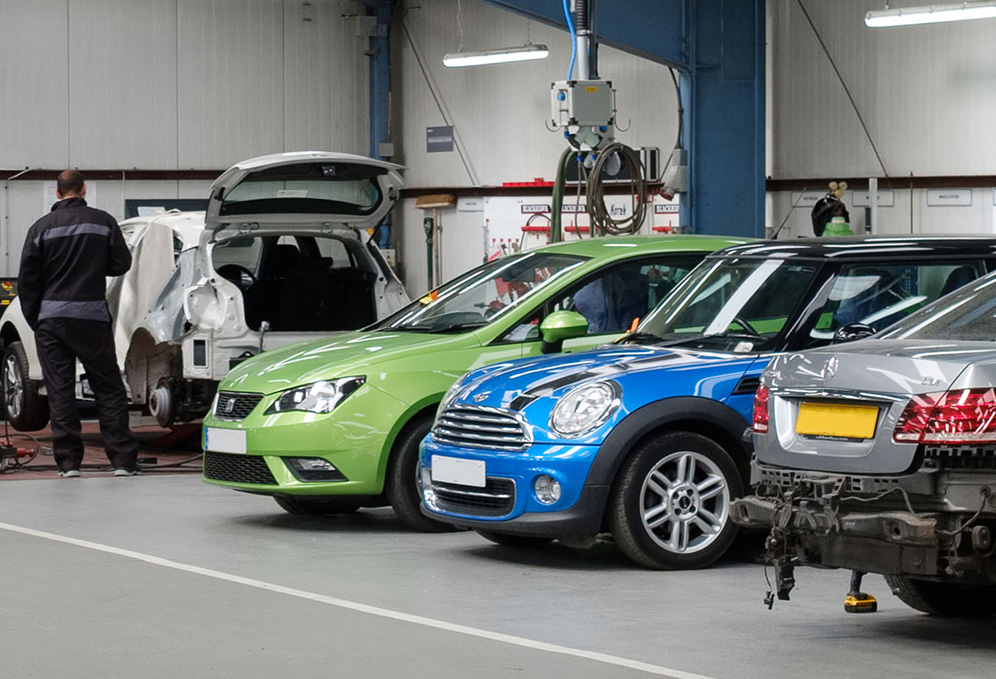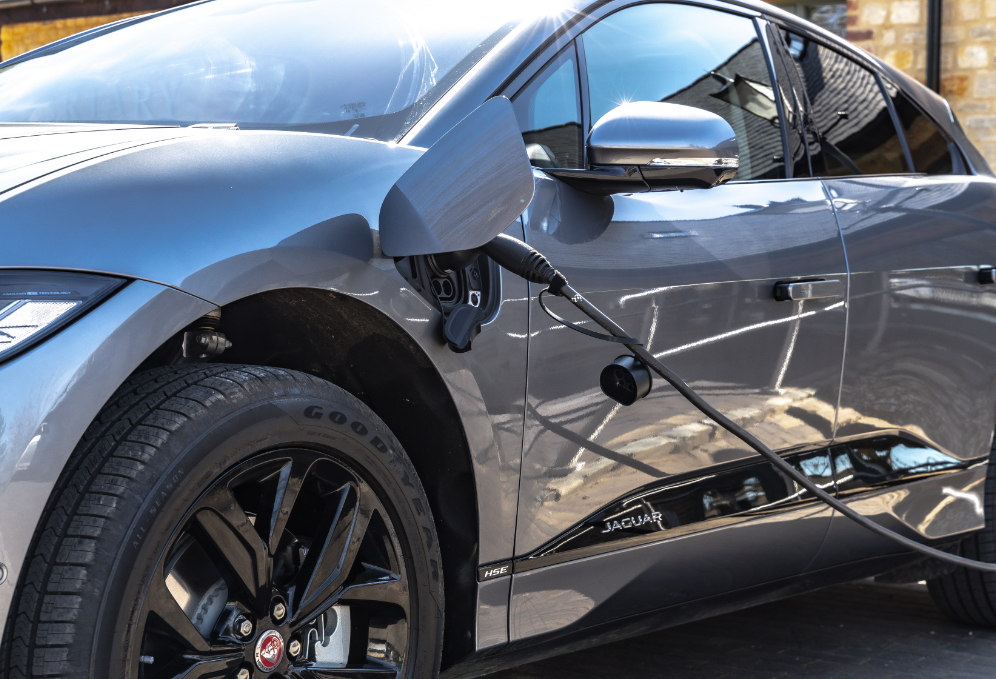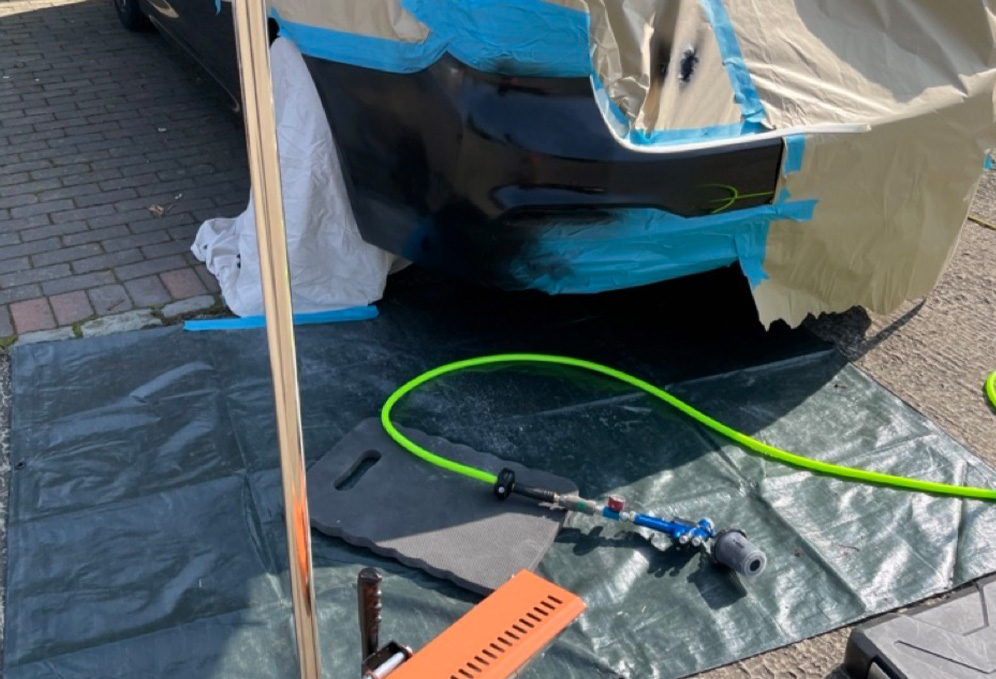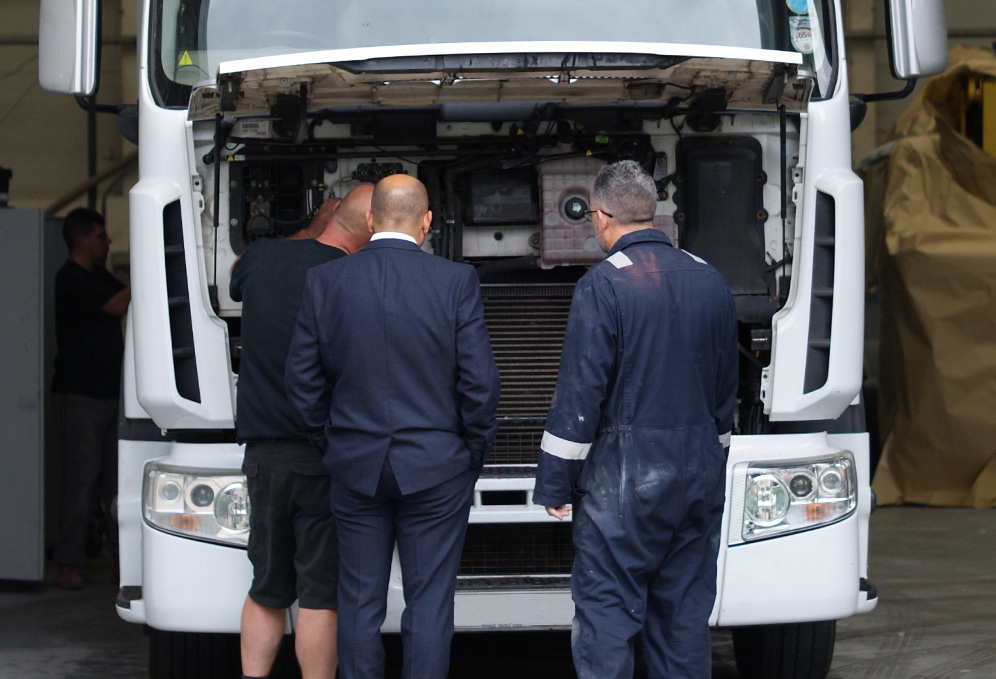Since a mention in King Charle’s III Speech in 2023, there’s been a lot more talk about driverless vehicles. As a multi-million industry, several influential companies, such as Google and Tesla, are developing the latest autonomous technology for self-driving cars and trucks. All with the intention of increasing road safety and efficiency whilst reducing our impact on the planet. However, what autonomous vehicles will really mean for the world when they’re finally ready for general use is something we need to examine closely.
The development of driverless vehicles hasn’t been without accidents, including one fatal incident that led to Uber ending their self-driving car operations in Arizona (although they will continue them elsewhere). Still, many experts predict that we will have fully autonomous vehicles within the next ten years, especially with the support of the Automated Vehicles Bill 2018. However, whilst innovation is speeding ahead, we need to slow down to examine what this means for insurance coverage, maintenance, and the rules of the road.
Autonomous Vehicle Insurance
The question of what autonomous vehicles mean for insurance coverage is one that needs to be finalised before they can be made available to the general public. If an autonomous vehicle is in an accident, who is liable? Is it the driver who wasn’t technically the driver, or perhaps the manufacturer? The Automated Vehicles Bill 2018 protects drivers, stating companies will be fined for accidents where the autonomous car is at fault. Drivers will still require compulsory product liability cover, but the likelihood is that manufacturers will self-insure, as Volvo has suggested they will do. Insurance policies must adjust to help with technical developments, software problems and even issues such as hacking.
Autonomous Vehicle Maintenance
Another essential issue to consider is how autonomous vehicles might be maintained. For example, current vehicle safety standards don’t include self-driving car requirements. They will need to be updated to cover automated systems and ensure they are tested thoroughly. In the UK, MOT services will need to embrace new rules. One of the main issues to consider is whether a vehicle with autonomous capabilities would be roadworthy if the autonomous systems weren’t working, but the vehicle could still be driven manually.
In terms of actual maintenance and repair, professional vehicle repairers will also have to consider how their jobs might change. Additional skills will be required to keep up with the software and services to ensure everything runs smoothly and safely.
Autonomous Vehicles On The Road
Of course, there’s also the issue of how autonomous vehicles and other vehicles around them should behave on the road. The Highway Code will still set out the rules for autonomous vehicles and their drivers, but some changes will likely be necessary. However, rather than tightening up the rules, it could allow some to relax. For example, it could be more efficient for autonomous cars to drive closer together.
It’s also important to consider the implications of having manual and autonomous cars on the road. Everyone isn’t immediately going to have an autonomous car, so we need to consider the interactions between people driving manually and those who are letting their self-driving vehicles do most of the work. Furthermore, we need to ensure a strategic and timely plan is in place so information about these new rules and changes is accessible and rolled out effectively.
Autonomous Vehicle Drivers or Users?
A big debate is whether the person behind the wheel of an autonomous vehicle is technically a ‘driver’ or just the car’s user. At this time, legally, you must have a driving licence to use a self-driving car with the intention that you can take over as an experienced driver if needed. However, at what point is it deemed necessary to switch from autonomous to human? If there’s an accident that the driver tried to prevent, who is at fault: the self-driving vehicle or the person in the driving seat? If we get to a stage where autonomous vehicles are safe to be used by anyone, will driving licences still be required, or will there be another type of qualification to ensure you’re insured?
Despite the advancement within the industry, there are still lots of unanswered theories. There are a few self-driving test vehicles around, but autonomous vehicles won’t be on the roads for the general public for at least another few years. In the meantime, plenty of practical, legal, and ethical questions remain to be covered. At National, we’ll stay on top of these developments to keep you in the loop.
The claims process is arguably the single most important task any insurance company has to deal with. This is the ‘make or break’ moment for many customers, the point at which they decide if an insurance company is the right fit for them. Until the point of needing a claim, price is the primary decision by which people will select their insurer. Still, in the event of a claim, a customer’s personal experience of the process becomes a vital factor.
There are several different ways insurance companies can improve the customer experience of the claims process. By investing in and implementing positive claim management techniques, higher levels of customer satisfaction — and thus higher levels of customer retention — can be achieved.
So, how can the customer experience of insurance claims management be improved?
The Impact of Overlooking Customer Experience
Numerous factors should be considered within claims management, and many insurers make the mistake of valuing these areas over the customer experience. This can be a serious mistake. If a customer is unhappy with the experience they receive, they are likely to discontinue their business — but that’s just one problem. There is always the chance unhappy customers will “spread the word” about the poor service they received. This could mean writing on internet forums, using social media, and broadcasting their anti-your-company message far and wide.
Given the scope available to dissatisfied customers, any insurance company must genuinely value the customer experience and put it at the forefront of the claims process. It is one thing to accept these issues might happen; it’s another to see this kind of negative feedback as a genuine threat and something to be taken seriously.
How To Improve The Claims Customer Experience
Consider yourself as the customer: what’s important to you when processing a motor repair claim, and what stands out as exceptional service? Making you feel confident in the process if it ever happens again and sharing your seamless experience with others. There are several steps insurers can put into place to increase customer satisfaction and, therefore, the entire claims management process.
Invest in technology
Software, apps and chatbots can all positively contribute to digital motor repair claims. From quick queries and deploying a claim to tracking activity and collecting the keys, the right technology software enhances a customer’s experience at every step of the repair journey.
In addition, it helps insurers and repairers track real-time claims and analyse performance, providing better accuracy for timeframes and pricing, as well as any improvements for future claims.
Create an easy and convenient process
Any fault to a vehicle is highly frustrating to its owner, but to then deal with a complicated and time-consuming claims process just adds unnecessary stress. Like everything else, customers seek a quick and convenient solution to their motor problems.
Streamlining your claims process via accessible technology and user-friendly processes provides a smoother service to customers.
Offering reassurance and expertise
Correct data capture from insurers and repairers enables you to provide instant and accurate solutions from the start. By knowing the capabilities and capacity of your repairers, you can allocate the best fix based on the type of car, fix, location and time constraints. Providing reassurance to motorists that their repairs are in the hands of those who know what they’re doing.
Partner with EV repairers
With the increase in the number of EV and hybrid vehicles, this will naturally reflect in the types of claims being processed. EV repairs require specific skill sets, parts and facilities, which not all repairers may have. By networking with reliable EV repairers, you’re offering more solutions to your customers for a quick and successful solution.
Improved communication choices
In the modern world, customers are no longer satisfied with a long wait on hold or a promise of a callback that never comes. They want to receive quick, efficient service from their insurance company at each stage of the claims process.
This means insurance companies need to implement various communication options for customers going through a claim; at the very least, social media, email, and telephone options should be available. Companies could also consider self-service portals online, where customers can check the status of their claims without contacting a company representative directly.
Up-to-date information
Available communication is only half the solution; the other half is ensuring the information they’re seeking is correct and up-to-date. Transparency between repairers and claimants is essential. Customers don’t want to be confused by industry jargon or receive unexpected costs at the end of the process. By utilising the latest industry software, insurers can provide real-time data about a claim, often highlighting and resolving any issues before the customer is even aware.
Business practice management (BPM) necessities
A key component of effective customer experience management is the integration of this concern into the BPM that a company is using. If a BPM has been well-designed and structured to reflect customer needs, it can help manage customer interactions and improve customer service as a result.
The main advantage of BMP processes is their ability to monitor and improve the speed and efficiency of a claim from start to finish, which in turn helps to deliver a more seamless experience to the customer.
The advantage of automation
Certain aspects of the claims process can be automated, which can incredibly benefit the customer. What customers want from a claims process, above all, is speed; a lengthy delay for a claim to be processed is a surefire cause for a complaint if it is not addressed. Automating basic tasks in the claims process can allow processors and adjustors to focus on activities which can deliver a better experience to the customer, safe in the knowledge that the claim will progress in the background thanks to automation.
Additionally, automation can also assist with improving the customer experience by handling straightforward claims in the most efficient timeframe. Simple claims should not demand the time and attention of specialist workers; instead, BPM platforms and automation should be able to guide basic claims to a conclusion as quickly as possible. Not only is this outcome positive for the customer of the simple claim, but it is also beneficial for customers with more complex claims — as their claims can receive more attention from adjustors, who have more time without the distractions of basic claims.
Stay one step ahead
As insurers, you can boost the customer experience by being mindful of internal and external factors which could increase or impact motor claims. Staying in the loop of industry insights or monitoring weather conditions can help you prepare for possible peaks in claims or incoming queries. Being aware of these means you can put things into place to limit inconveniences and reassure customers.
Why Customer Experience Matters
The customer experience is an essential component of effective claims management; thus, it should be at the forefront of considerations when making decisions in this area. However, customer experience is not the only important part of claims management — cost-effectiveness, productivity, and reducing claim timescales are also incredibly important. By combining work in these areas with a dedication to improving the customer experience, you should be able to deliver an effective claims management solution that suits you and your customer base.





